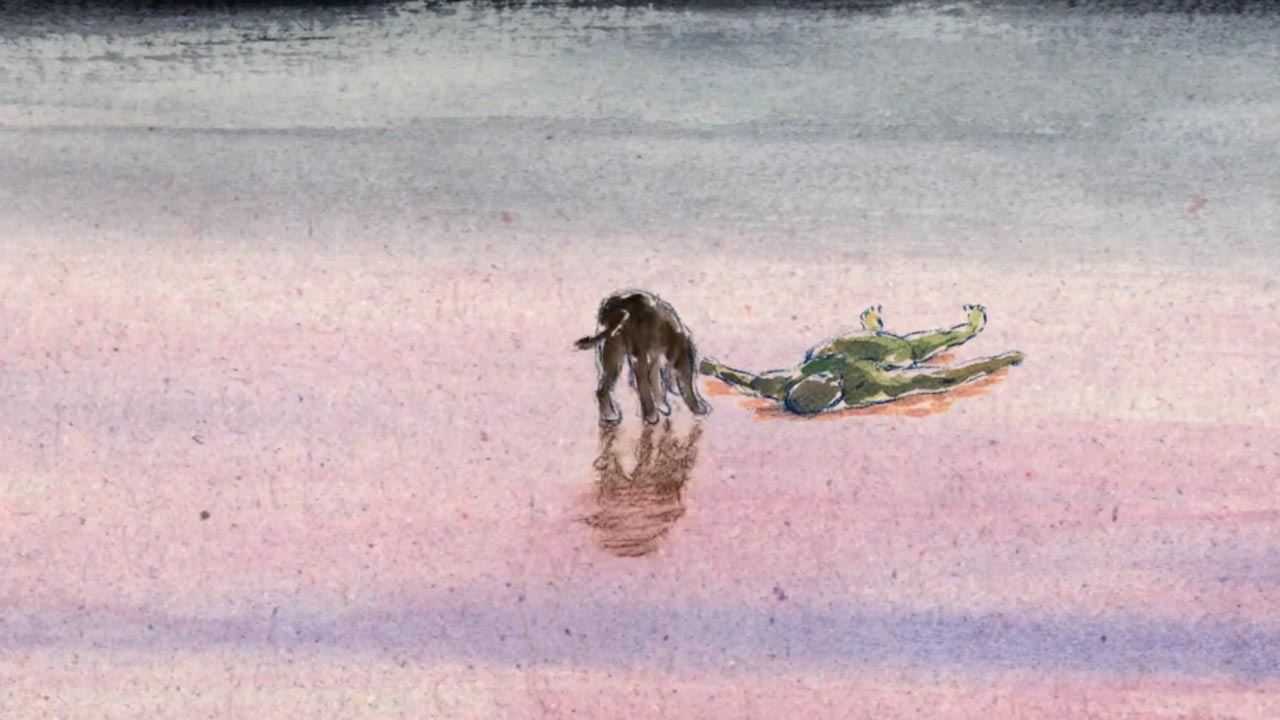An Ecstasy Akin To Fear: The Night Ocean
In 1936, 18-year-old writer Robert H. Barlow penned the short story The Night Ocean with the help of his friend and mentor, H.P. Lovecraft. As much as it explores the kind of unfathomable frights that Lovecraft is known for, the tale also has a distinctly lighter, but no less unsettling touch.
Like much of Lovecraft's work, The Night Ocean deals with those liminal spaces that are more disconcerting than specific details. The unnamed narrator of the story is taking a vacation in an isolated, one-room cabin on the beach near a town named Ellston after a year spent toiling over a mural submitted to a competition. At first he basks quite literally in the immense sunlight of the place, but soon a pall comes over his existence and he can't shake it off.
"I did not wish to see anything but the expanse of pounding surf and the beach lying before my temporary home," he muses, making it obvious that he will, of course, see something else. Yet such a device is not predictable or cliché, but instead sets up the state of vague apprehension that permeates the story, what the narrator describes as "an uneasiness which had no very definite cause."
The short film "The Night Ocean," directed and animated by María Carmen Lorenzo Hernández, adapts the story into 12 gauzy and sometimes ghastly minutes. Hernández utilizes an entirely appropriate animation style for a story about an artist. Much of the film (save for one brief snippet of what seems to be an old home movie on faded film stock) alternates between watercolor and pencil drawings.
Furthermore, she transforms the first person narrative style into a visual diary by having the actual frames look like sketches in a notebook, right down to the center binding and edges of pages. It's an ingenious way to create an aura of ideas, perceptions, and feelings and also remains true to the mood of the original text at the same time.
"The Night Ocean" also includes a voice-over track during most of the running time, which again, is consistent with the story. Rather than just having someone read the text over the visuals, the events are shuffled around and shortened. The film dispenses with the VO in a couple of key sequences, which are also the most disturbing segments of the film itself. However, the most upsetting scene in the original story is jettisoned, possibly because it would have dipped too far into horror territory and contrasted strongly with the overall tone of the film.
That said, it's still a haunting piece of work. The rough pencil drawings on coarsely textured paper look like chalk on a blackboard at times and that wavering, wobbly look fits with the ephemeral nature of the story itself as well as the frights it contains.
"To shape these things on the wheel of art," ponders the narrator, "to seek to bring some faded trophy from that intangible realm of shadow and gossamer, requires equal skill and memory." With "The Night Ocean," María Carmen Lorenzo Hernández has, intriguingly enough, done just that.

